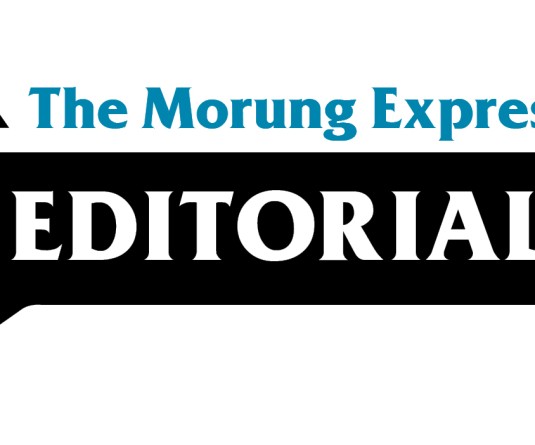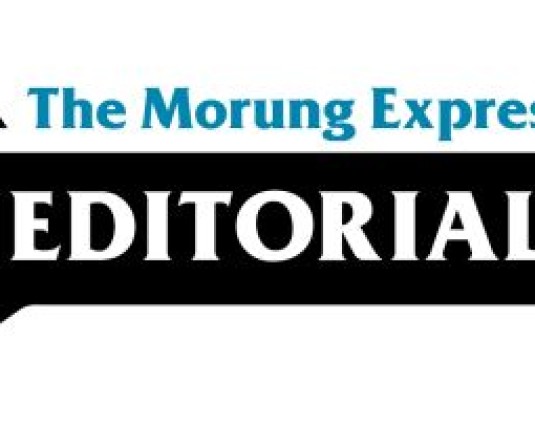
The coming Assembly Elections in Uttar Pradesh to be held through April, May will be a crucial test for all national parties. In terms of sheer political calculation, UP has emerged as the sine-quo-non of who rules Delhi. Any political party or formation, which can sweep UP—with its 84 seats in the Lok Sabha—can be assured of a major role in national politics and in government formation. Interestingly, the trend in UP has been that one political party or alliance can virtually sweep almost all the Lok Sabha seats and thus enjoy a virtual monopoly. Up until Rajiv Gandhi came to power after the assassination of his mother Indira Gandhi, the Congress held sway over this bastion. The Congress party dominance at the Centre for several decades can be attributed to their stranglehold over the Hindi heart belt. And likewise, the gradual decline of the Congress party as the dominant political force in the country can also be attributed to the demise of the party in this region in general and Uttar Pradesh in particular. Similarly, the rise of the Bharatiya Janata Party (BJP) from just two Lok Sabha seats in the 1984 General Elections to becoming the party that it is today is directly as a result of its dominance in UP politics courtesy the Ram temple manifesto.
Obviously the potential of UP as the battle front to capture Delhi and sensing the lost ground, the Congress MP from Amethi, Rahul Gandhi has drawn up the party’s election strategy and almost single handedly taken up the task of stewarding the party’s campaign. Although many other senior Congress leaders reportedly wanted to forge alliances in Uttar Pradesh, where it had won just 25 seats in the 2002 assembly polls, Rahul looks well in control and wants the party to go it alone. To outside observers, this may look to be an overly ambitious plan on the part of Rahul but looking at the almost sorry state of the party in UP, this is a risk they can well afford to take and the Gandhi scion knows this.
For the two major national parties the Congress and the BJP, they will be up against the two regional parties, the Samajwadi Party (SP) and Bahujan Samaj Party (BSP). Both have dominated UP State politics since the decline of the Congress besides the BJP losing steam over the Ram temple issue once it had become a party of governance at the Centre, leading the NDA government for five years. For the BJP, the bad news is that the upper caste vote bank appears divided. This is major setback for the saffron brigade. The prediction as per a pre-poll in UP carried out by two prominent national news media is that the Assembly elections are going to be a neck-and-neck battle between the SP and the BSP. This is especially bad news for the BJP and its allies, which looks to be going down the Congress way.
Clearly with regional satraps—the likes of Mulayam Singh Yadav of the SP and Mayawati of the BSP—carving out their own political base in the State, it will not be an easy task for the Congress or for that matter Rahul Gandhi to reverse the past fortunes it enjoyed in the pre-eighties era. At best, the UP polls may end up being a kind of litmus test for the leadership and organizational capabilities of Rahul. For the Congress it may not be able to make much headway this time too. But then for the future, the Congress may stand a better chance of focusing on rebuilding its organizational base in this crucial electoral State. And Rahul Gandhi’s initiative may just be the right tonic for the long haul.





